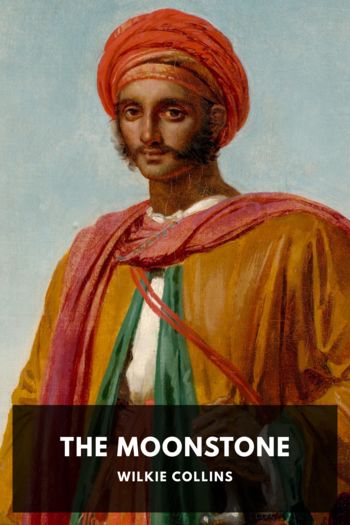The Coldest Case, Martin Walker [famous ebook reader txt] 📗

- Author: Martin Walker
Book online «The Coldest Case, Martin Walker [famous ebook reader txt] 📗». Author Martin Walker
‘That’s that, J-J,’ said Isabelle, putting her hand on the shoulder of the detective who had trained her in his craft and who was now staring almost sadly at the aircraft door through which Henri Bazaine had disappeared. ‘My congratulations, my dear old friend,’ she went on. ‘You never gave up and now your cold case is finally closed. After thirty years you can at last take down that ghoulish photograph from your office door.’
‘I suppose so, but I think I’d miss not seeing it every day,’ said J-J. ‘Somehow it doesn’t yet feel that it’s really over.’ He stomped off to the cars outside without a backward glance, leaving Bruno and Isabelle alone. Some shouted orders from an officer at the plane steps got the troops lining up, ready to board.
‘And what now?’ Bruno asked her. ‘You fly back to Paris?’
‘No,’ she said and gave him a look he knew too well and never grew tired of. ‘I go to the ladies’ room and change out of this uniform into something more comfortable. Then I was hoping you and I might collect Balzac and take him to meet his puppies. I really want to see them. After that, I have a few days off and you know how much I miss the Périgord.’
Acknowledgements
The idea for this novel began with a reminiscence from my good friend and neighbour, Raymond Bounichou, a retired officer of Gendarmes, about a case he was never able to solve. He still has the photograph of the skull of the unknown murder victim whom he dubbed ‘Oscar’. Raymond tried for years to identify the body of the man who had been buried in a remote wood until unearthed by a dog. It remains a mystery that haunts Raymond to this day. As a last resort, he secured a magistrate’s authorization to boil the head of the corpse, which at least allowed him to examine the skull and establish that the cause of death had been a blow from a camping tool.
The mystery of Oscar came to mind when I first saw an exhibition of the work of Elisabeth Daynès. She may now be best known for her reconstruction of the face of Tutankhamun from the skull of the ancient Egyptian ruler, which achieved worldwide renown when it appeared on the cover of National Geographic magazine. I was even more impressed by the way her reconstruction of the faces of prehistoric men, women and children from their skulls allows us to see not just the bones but uncannily real people. She has brought a new and highly personal dimension to the study of the long-distant past and her work has given me and many modern visitors to the Les Eyzies museum of prehistory a striking sense of personal connection to our remote forebears.
The Rosenholz dossier is real and its contents and its fate are much as described in this book. Its listing of the thousands of agents of the Stasi (the term comes from Staatssicherheit, or State Security) is a unique document of espionage and intelligence in the Cold War. Despite the efforts of the East German regime to destroy it and cover their tracks, the CIA obtained a copy and shared its contents with chosen allies, not including the French; the history of tension between US and French intelligence services is a matter of historical record. The Le Monde editorial cited in the text is an invention but its warning against taking as fact something found in the intelligence archives of a rival power is worth noting, as the Finnish security police learned to their cost.
The annual celebration of Occitan language and culture, the félibrée, or felibrejada, is a remarkable feature of Périgord life. These festivals emerged as a kind of resistance to the efforts of the Third Republic to eradicate Occitan and other local languages in schools and to make everyone speak French. As late as the 1860s, local authorities estimated that ninety per cent of the Périgord spoke the langue d’oc as their first tongue. Then it became state policy to ban the various patois, Breton and Provençal as well as Occitan. That period is known locally as the Vergonha, the shaming, in which local tongues were banned in class and offenders punished, often with clogs being hung all day around their necks. Since 1903 the festivals have been held in a different town or village in the Périgord each year. The songs, poetry and dances, and accompanying banquet (taulada) are intriguing and often magnificent in themselves; they also serve to remind us that the Périgord is not entirely France. It is older, with its roots stretching back far into prehistory, and with its own distinct mythology, language and culture.
To those of us who live in rural France, the volunteer firemen and women, the pompiers, are an essential and splendid part of life. They are the first responders not only for fires but also for medical and other emergencies. It is hard to conceive life in the Périgord without the skills, courage and public service of our neighbours who volunteer. I am grateful to the pompiers in my own village for their technical advice, and to Monsieur Kléber Rossillon and his team at the castle of Castelnaud while writing this book. Any mistakes are my own fault. I don’t know if the pompiers have ever tried to fight fires with trebuchets but those at





Comments (0)